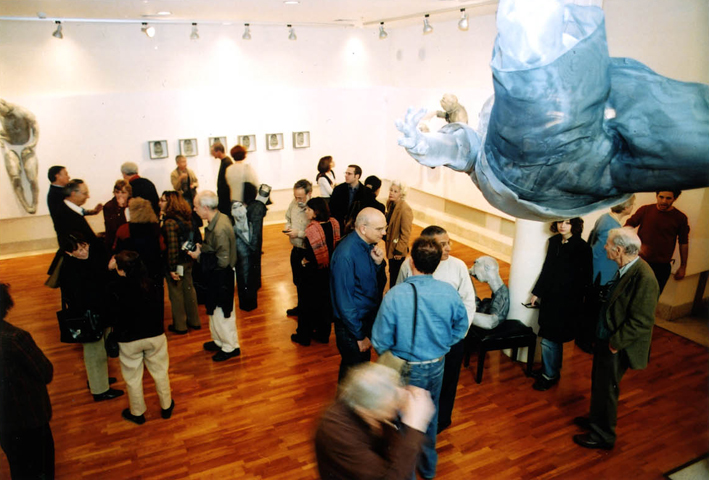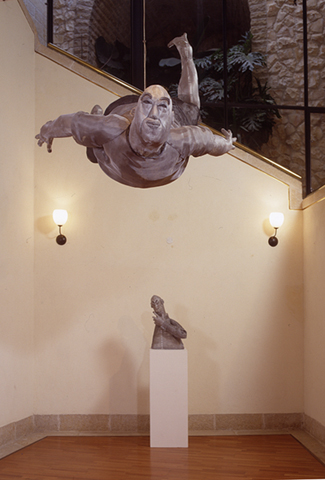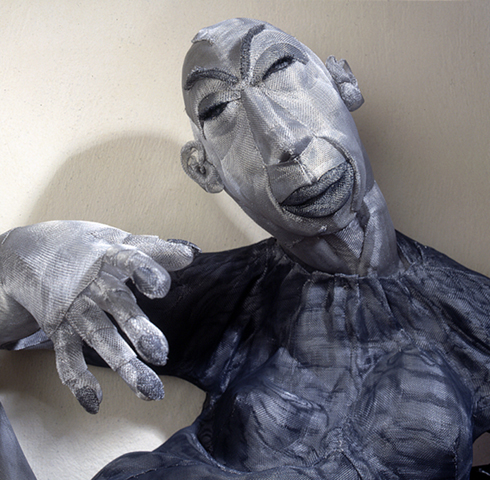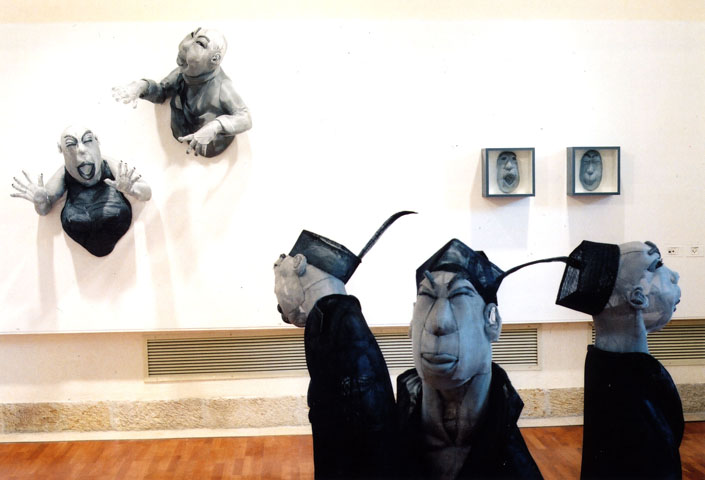











The Japanese artist Yuko Hishiyama started her career as a theatre set designer, but for the last fourteen years has been making sculpture. After experimenting with various materials, she eventually created her own personal style using aluminum mesh “skin” on a wire matrix “skeleton.”
She grew up in Tokyo, where she obtained her first art degree. Later she continued her studies in the U.S., and has since held numerous exhibitions all over the world.